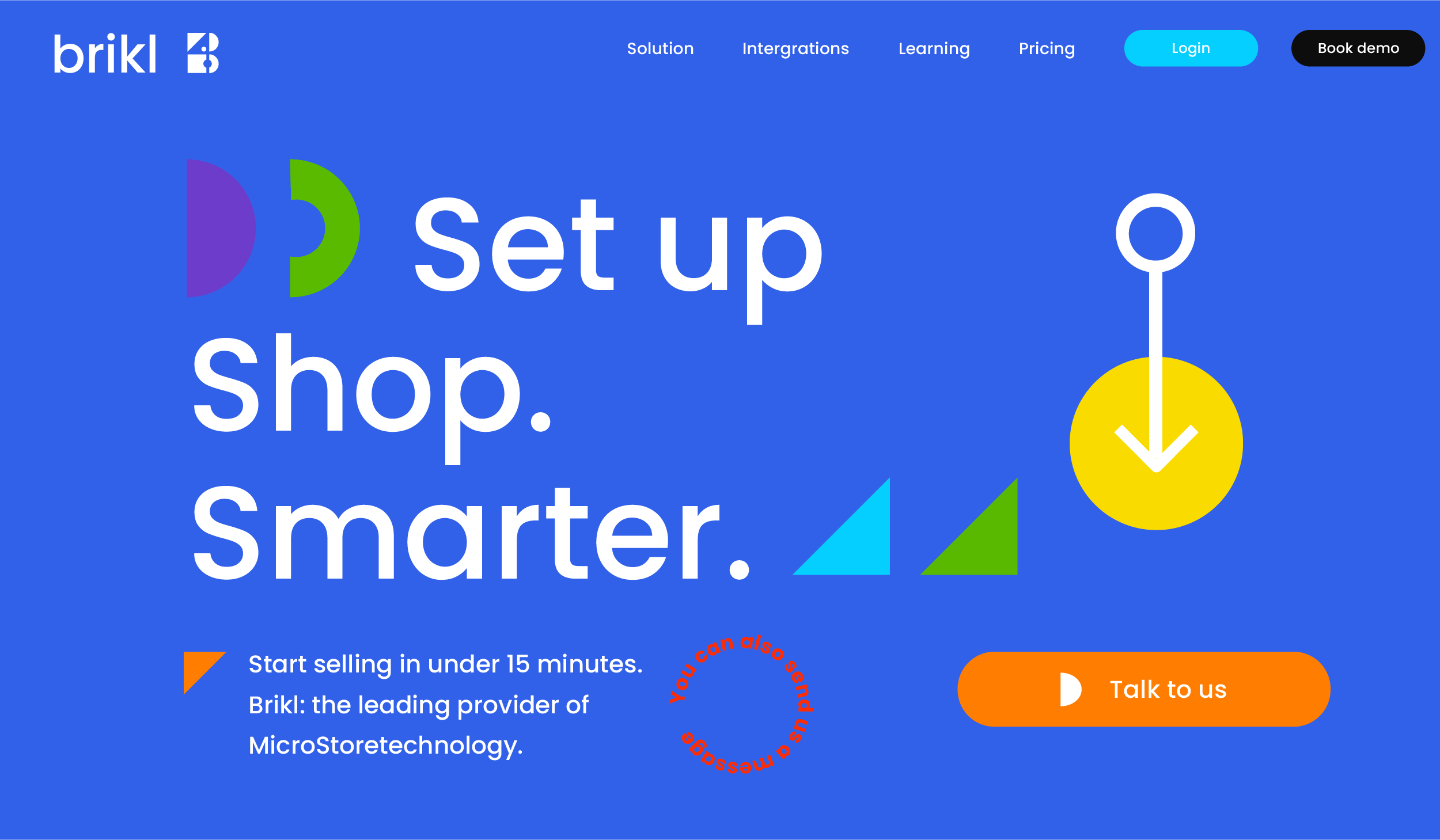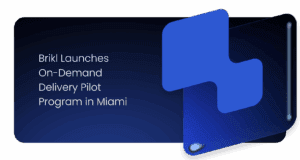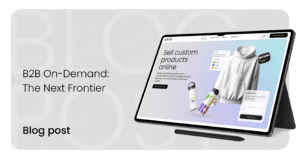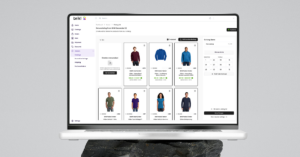Being disruptive takes courage. But having the wisdom to know why change is so necessary comes from experience. Jason Reinhardt knew what it was like to lug suitcases of samples around when branding kit for teams and clubs. He was on the inside of customization chaos; caught in a whirlwind of samples, Excel spreadsheets, and a net of communication that took hours out of his day.
Over the other side of the world, Maarten Boone saw how factories in Asia were also caught in a never-ending juggling act with suppliers and customers. Lack of transparency could hobble the design, development and manufacturing process driving up lead times while causing business owners no end of headaches.
A chance encounter brought Jason and Maarten face-to-face with the technology that Tobias Meixner was dreaming up and the solution to their problems. What if online team stores could be set up in minutes, not literal hours? What if the same stores had very specific features and functionality to hand hundreds of hours back to custom and promotional businesses? And what if integrations allowed more transparency than the industry had ever previously dreamt of? In 2016, just after Brikl was established, our founders had already set the stage for Brikl’s market takeover.
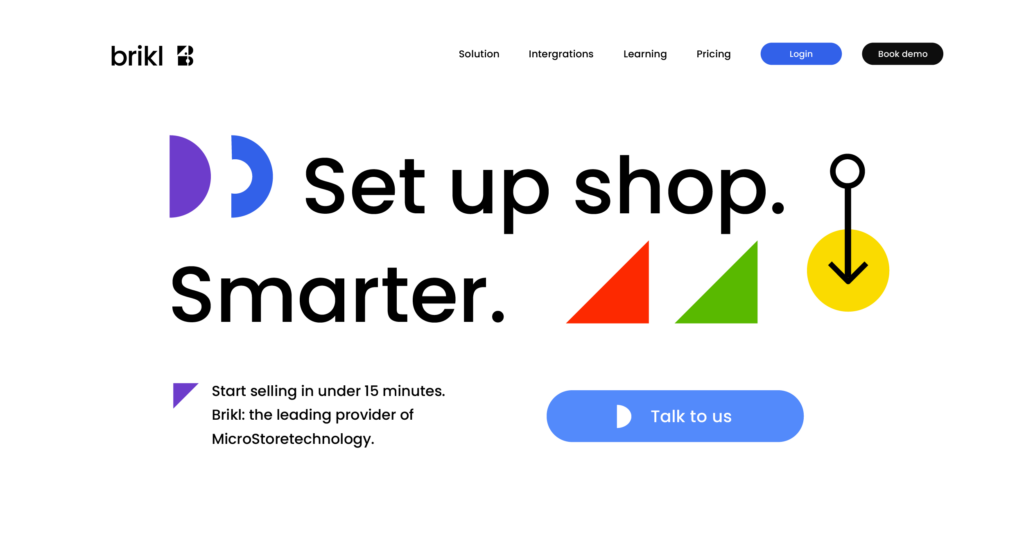
If It Ain’t Broke, It Can Still Break
As the saying goes, it’s hard to teach an old dog new tricks. But it’s even harder to show customization and promotional companies who are used to operating in a certain way just how much money they’re leaking. And how wasting time and effort also come with a monetary, employee, and environmental cost attached—three of the oldest dogs there are.
Digital transformation is a common phrase nowadays but was a contentious subject up until recently, especially in the customization and promotional industry. (Digital transformation refers to companies stepping away from legacy technology and processes—think manually inputting data and formulas into a spreadsheet and spending hundreds of hours setting up team stores—and letting automation do the heavy lifting instead).
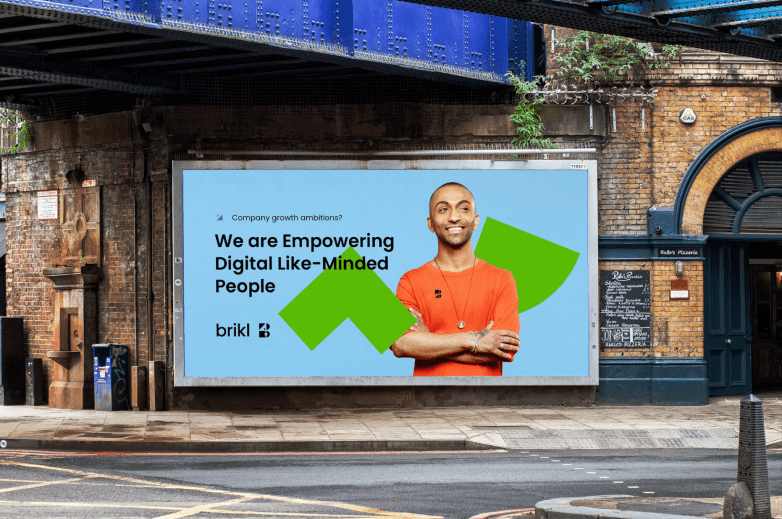
Sounds pretty great in theory, right? The pushback from most businesses was mainly because the money-saving benefits of automating processes aren’t visible to a business until improvements are made but the costs to implement new technologies are immediate. But when COVID arrived, digital transformation experts gained a living example of what they’d been talking about all along: the right technologies can safeguard your business, long-term, and protect your operations when crisis strikes.
Showing Value
From inception through to creation, Brikl was a great product that could provide transformative growth to businesses—its founders had already seen its effectiveness back in 2018. The Brikl name was starting to be heard throughout the industry. Still, the company wanted to attract more customers by ensuring that Brikl’s pricing provided users with the most value for money possible while minimizing off putting implementation costs.
So, they came up with a democratizing business model: the platform would only seek to generate money as merchants make money to ensure that every business has the solid foundation it needs to put its best foot forward; from entering the market to hitting the ground running. Fast forward to today, and the combination of intuitive and highly specialized technology with hand-in-hand expert support was proving to be dynamite to its merchants: they were experiencing an average of 150% growth in revenue in the first year of using the platform.
The Birth of The Brand
Brikl’s customer-centric approach paid off. Tobias, Jason and Maarten had taken an uncompromising approach when it came to Brikl’s values and applied it across their product—transparency, communication, agility through next-generation technology, and a reliable, supportive culture.
Brikl’s branding at the time was focused on the modular nature of the platform and took inspiration from LEGO Bricks. The Poppins font was chosen as a result of its clean aesthetic and readability, and the palette was inspired by bright colors. However, as we began to grow and scale, not having a clear story behind our branding and guidelines was impacting how we came across and worked.
We were failing to reflect who we were inside with consistency—stepping away from disjointed branding and messaging allowed us to reintroduce Brikl to the market and internally in a clear, coherent, and compelling way, with more emphasis on our bold approach to the market and our optimism for the future.
Made to Scale
A rebrand is a daunting prospect; there’s an entire company’s worth of expectations to consider; it’s not just about your vision but one that everyone can get behind. That’s why it took us a while to find the right agency for us—twenty interviews with different agencies long, in fact. The came award-winning, Amsterdam-based agency, Keplar.
It wasn’t just that they ‘got’ our vision; their tech-savvy creative team understood the market and the challenges our engineers have to reconcile through the platform (it didn’t hurt that they share our sense of humor too). We love the modern minimalism of modern technology brands, but we didn’t want an overly corporate flourish—that’s not who we are internally, and that doesn’t represent who we work with. We’re home to cowboy hat-wearing co-founders and merchants who take on monopolistic, billion-dollar corporations. And knowing who we are is just as important as knowing who we aren’t.
So we got to work.
A Bold New Approach
Our growth of 300% year on year this year is a testament to the fact that we’re doing something right. This isn’t just a humble brag (okay, maybe just a little bit) and our growth didn’t happen by accident: we were always aware that the industry needed our platform and we’ve designed it preempting the evolution of its needs. So we wanted to convey our optimism for the future in a clean and bold palette that could be as professional as it could be differentiating while keeping the readability of our Poppins font. A mix of photography and illustrations also provides constant visual interest and room for creativity.
But we also wanted to be able to speak to our merchants – new and current – in an entirely new way. Keplar’s creation of a visual language and an adaptive logo allows us to tell our story on a micro-level that’s the professional equivalent of making up a secret language as a child, whispered behind hands in a way that gets other kids in earshot curious.
Our Mission. Our Values. Our Manifesto.
Our mission is simple: We want to continue to lead the market with our MicroStore technology and give businesses the tools they need to reduce the cost, chaos, and effort involved in generating sales. And by streamlining operations, we aim to increase employee happiness and internal efficiencies that have a positive impact on the planet.
This is reflected in our trifecta of values; values that have been at our core from the very beginning:
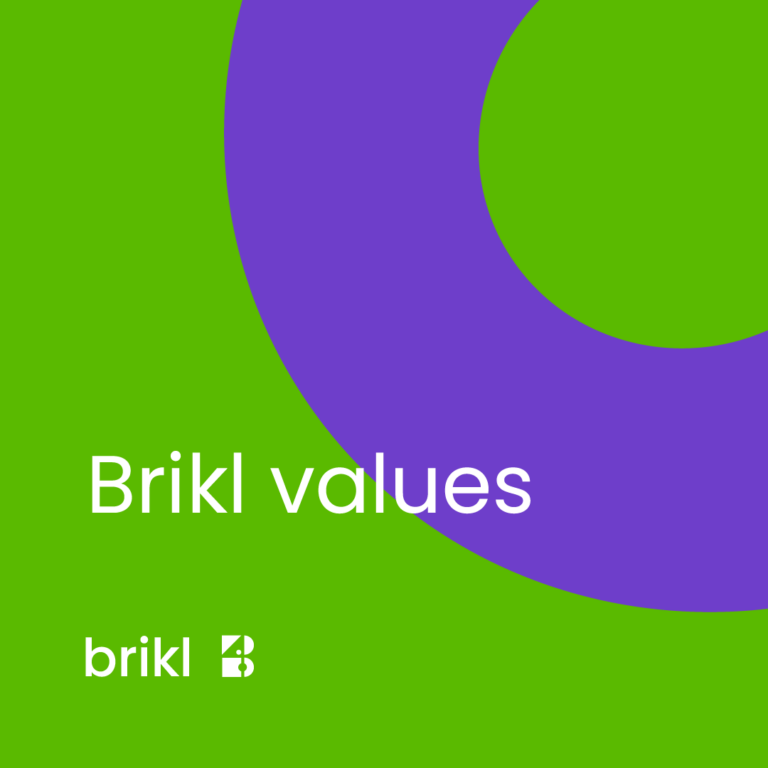
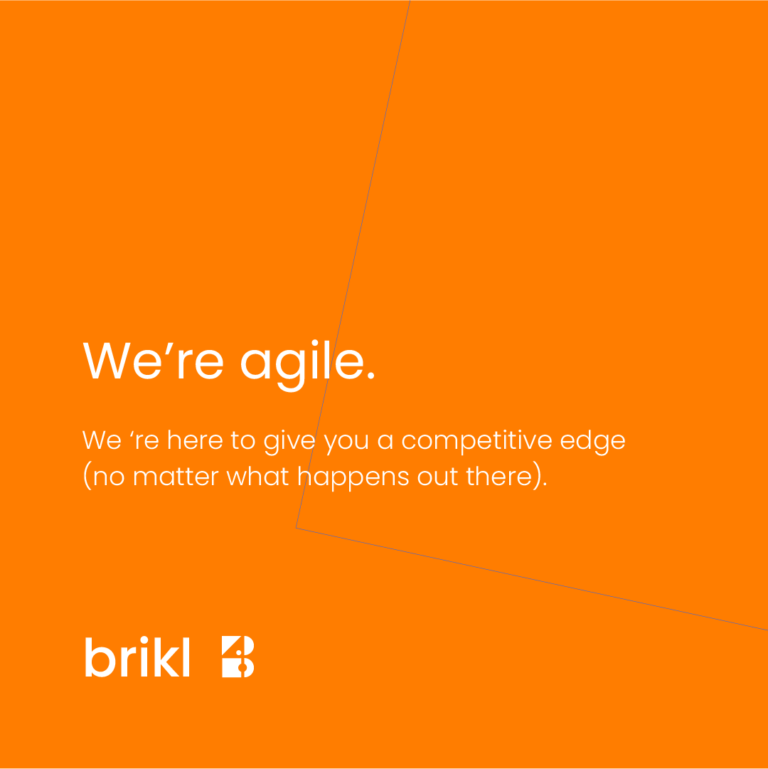
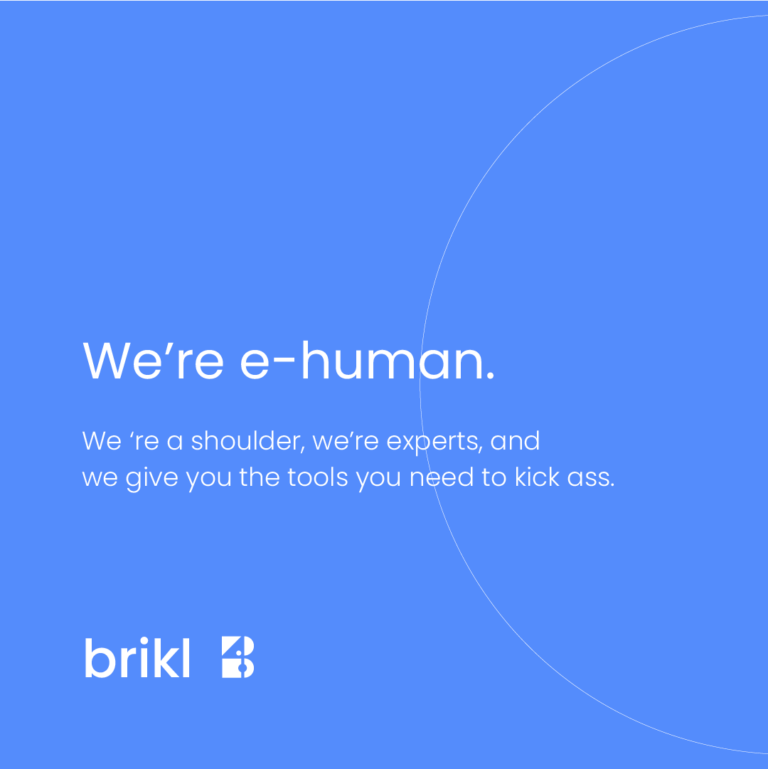
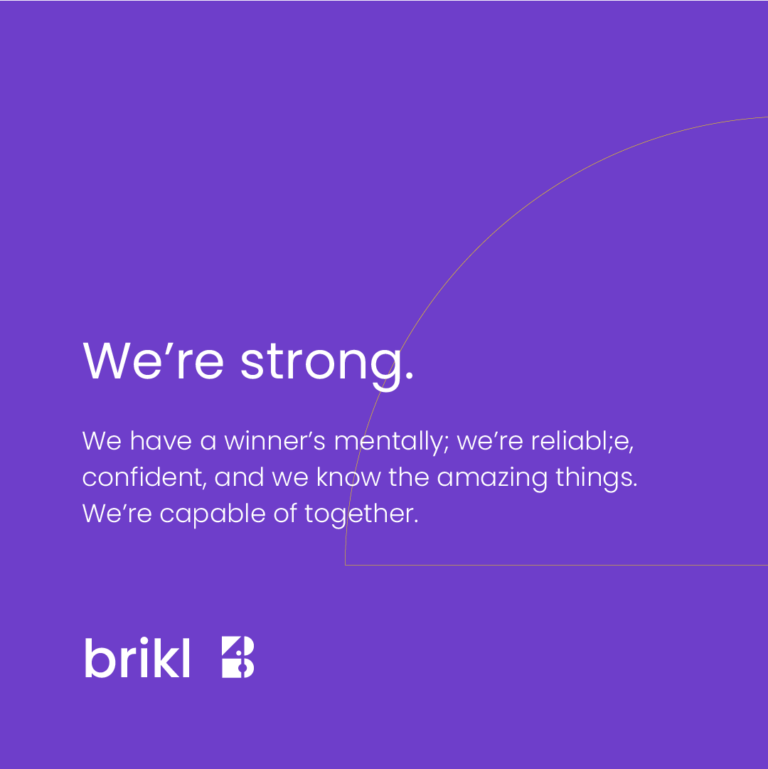
Our brand manifesto on the other hand was trickier. We needed to distill who we are, what we do, and why you should care in a few lines – and as our first ever one, we wanted to ensure this manifesto could be one we inscribed into the heart of our brand:
Technology is agility; movement driven by the promise of tomorrow.
We are visionaries that know the potency of a dream.
That’s why our technology has been built to inspire and empower individuals to bring their dreams to life.
We make teams from players. We build profitable businesses. We hand time back to stressed out and weary employees. We put the ‘fun’ in ‘functionality’. We swap silos for a singular vision. We reduce the impact of working long hours on the environment. We replace chaos with control.
We are a support system. We are a shoulder. We are a solution. We are always there.
We create better.
What happens now?
With our branding and messaging in place, we’ll be growing the Brikl brand through events, growing our social following, and generating a buzz through Brikl news and other marketing initiatives. Follow us on Linkedin, Facebook, Instagram, and Twitter by checking out the links in our footer at the bottom of the page for more updates on what we’re doing and where we’ll be.
